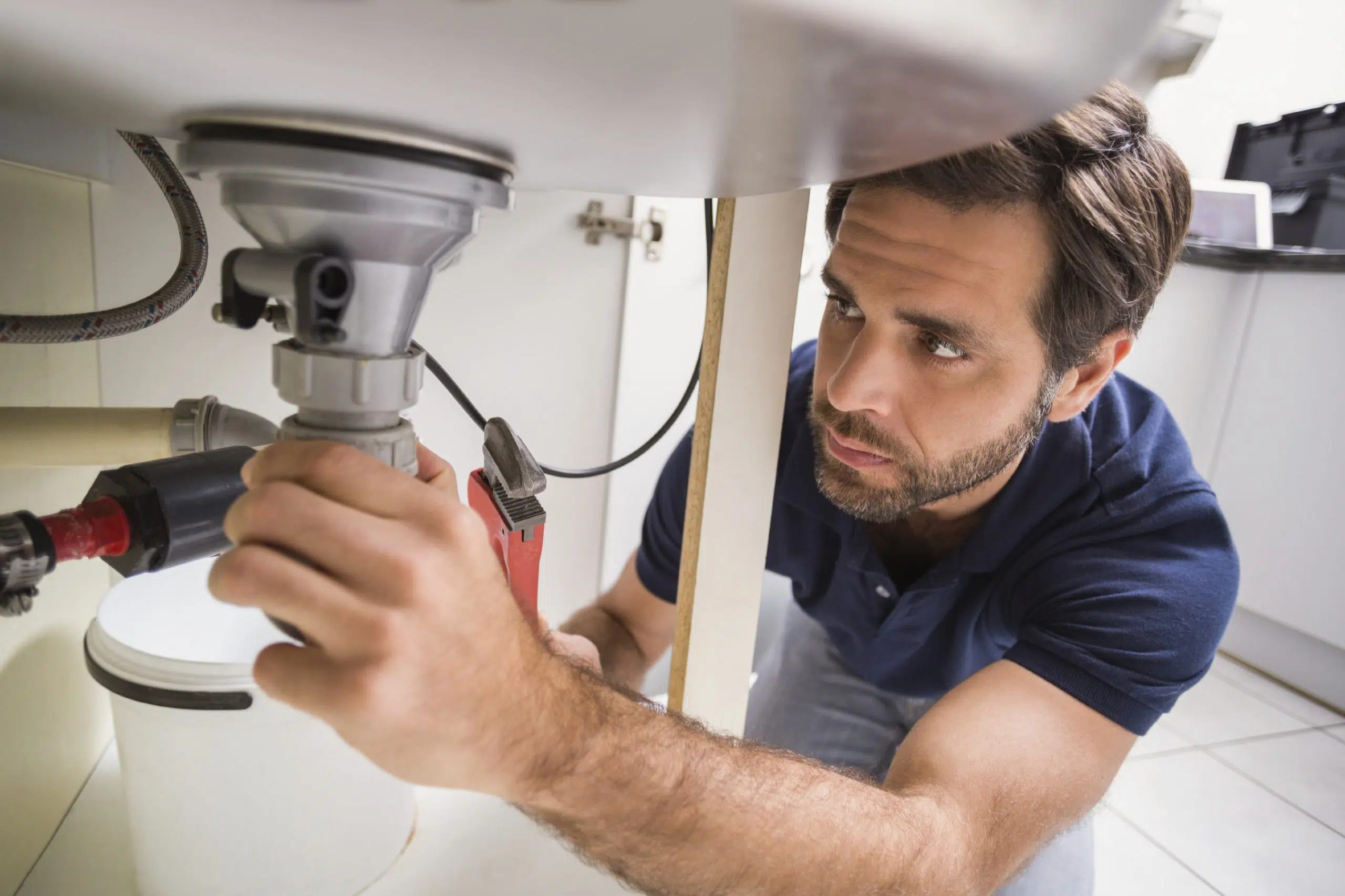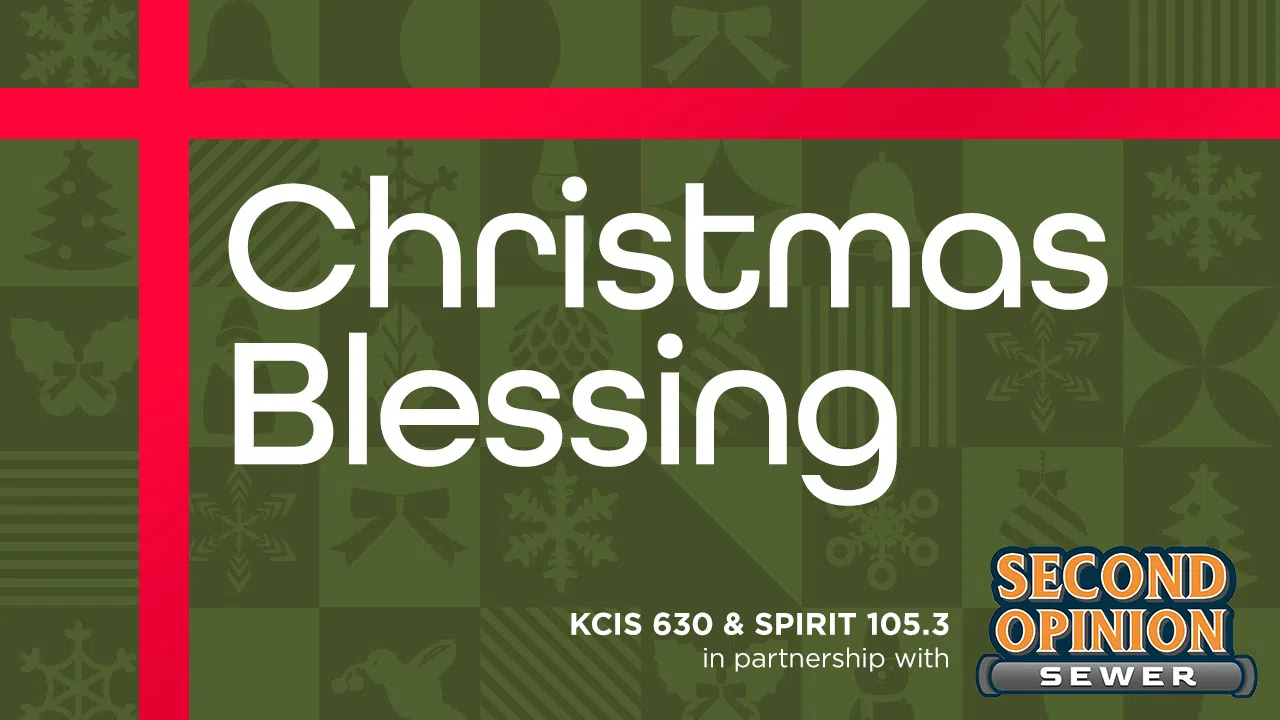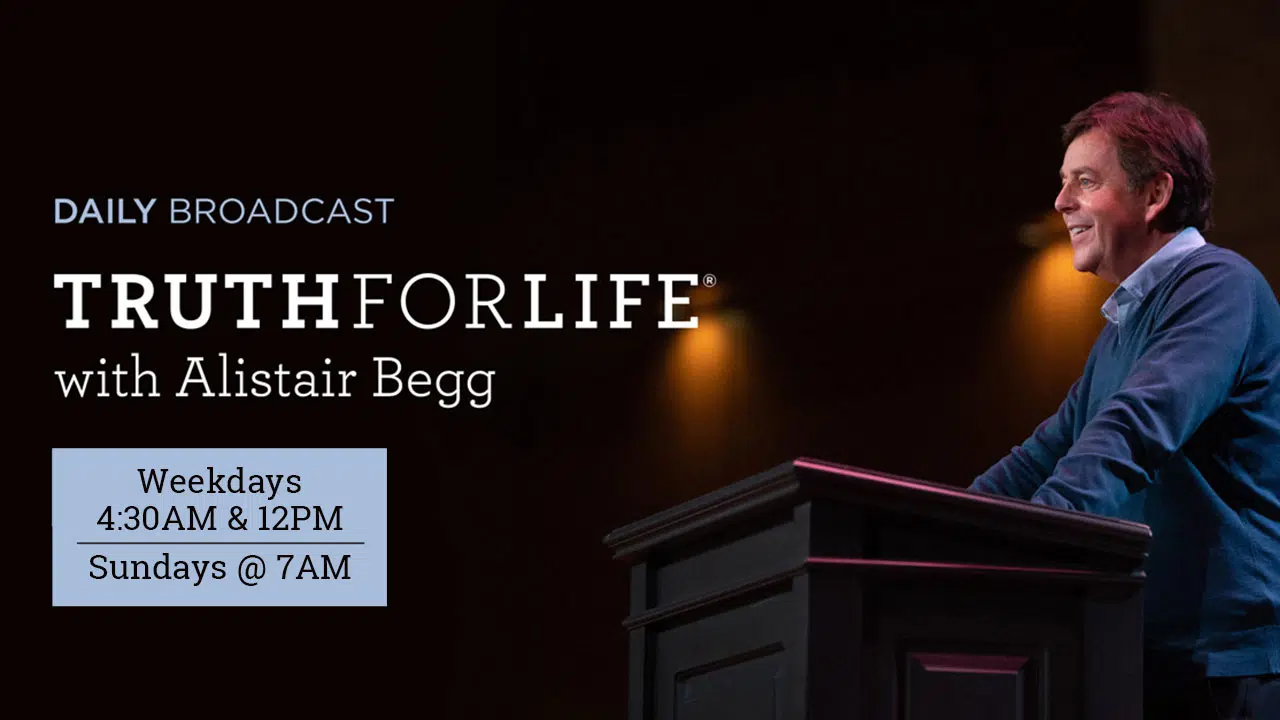Plumbing seems simple enough, but it can often be a mystery to the inexperienced consumer. I’ve compiled a short list of common myths, legends, and sage advice. Hopefully they can assist you the next time you run into a plumbing problem, or help you avoid one altogether.
Low water pressure is not really low water pressure (usually): The more the better right? Low water pressure is a common complaint plumbers hear, especially when a pressure reducing valve is being recommended. So what kind of crazy person wants less pressure?! The fact is, most fixtures in your home, including your water heater, are rated for 80 psi (pounds per square inch) as the normal working pressure. Anything greater than that wears on your plumbing system and risks possible early failure of piping and components. So why is it that your faucet or shower doesn’t feel like there is enough pressure? Often (not always) the perception of low water pressure is really a restriction in volume. Imagine two extremes 1) A hose with a tiny pin-hole, with 200 psi…. or 2) a 2” pipe wide open at only 20 psi. Which one would “feel” like more “pressure”? Scenario Two. More water tends to feel “wetter” and the misperception is that volume equals pressure. Low volume can feel like less pressure and be a symptom of any one of a number of different issues; a restriction in the piping, aging galvanized piping, undersized portions of the system, or even certain failed components that are now restricting flow.
Flushable applies to toilet paper only. Ah the treasures that plumbers pull from within the cavernous depths of a clogged sewer. Seriously, these are tales best left untold, unless it is your drain that is clogged. A good drain technician can usually identify a drain clogging culprit. High on the list of the “Most Unwanted” are “flushable” products. These products, ranging from disposable diapers to cat litter, are not what your plumbing drains were designed for. They can clog and cause expensive backups and/or repair. The list of non-flushable “flushables” is extensive. The best rule of thumb; if it isn’t toilet paper, don’t flush it!
Frost free hose bibs are not worry free. When installed correctly, frost free hose bibs are designed to shut off up to 12” inside the wall and drain the excess water to prevent freeze breaks in lower temperatures. So why do plumbers commonly replace frost free hose bibs due to freeze breaks? The hose was never detached from the spigot. For this design to work the water must be able to drain away from where it shuts off within the wall to the outside spigot. With the hose attached it simply cannot accomplish this.
Your toilet doesn’t need to be held down by a brick. Home remedies placed in toilet tanks to reduce the amount of water used per flush, like bricks and bottles, are not a good idea. Sure, they can save water, but they can also diminish the quality of flush needed to evacuate the toilet properly. Instead of risking a clogged toilet or drain, it’s better to invest in a quality low flushing toilet. There are a number of low flush toilets that just don’t hold up performance-wise. But there are toilets available that flush as low as 1.28GPF (gallons per flush) without sacrificing performance. You will typically find these toilets sold by a plumbing shop that stands behind their work for at least a year.
Know thy house. It may seem like a simple thing, but in a time of emergency, knowing where and how to shut your water and gas off is critical to minimizing water damage. We’re often asked to instruct a home owner over the phone where to turn their water off, so we created a free program to specifically show home owners how and where to shut off their water and gas before an emergency. It’s called ID For Free.
The garbage disposer’s secret hand shake. A garbage disposal on a kitchen sink can be overloaded and the wrong items can damage or cause a clog. The general rule of thumb is to recycle and compost what you can, and never put anything you wouldn’t eat down the garbage disposer. For specific guidelines you can also refer to the user manual. But what if the garbage disposal doesn’t work and you want to try something on your own before calling a plumber? Some disposals will come with a hexagon wrench that, (turn the power off first) can be inserted underneath in the center of the disposal to manually work the motor to break free. If the unit has overheated it can be reset by pressing the reset button located underneath the unit once it has cooled down.
Clogs & Chemicals. When there is a clog, the temptation is to immediately dump chemicals down the drain, but using drain chemicals can be risky. You never know what else is in that drain that the chemical may react with. Always wear proper safety gear and eye protection, and follow the safety instructions included with the product. Take a few moments to read about your drain chemical. Some chemicals won’t work with certain types of clogs and others may damage fixtures and piping. Chemicals should not be used on a garbage disposer.
As a rule it is never recommended to dump a chemical into a drain without some sort of drainage. Imagine a complete stoppage with absolutely no flow. Once there is a chemical in the mix, now the problem has changed from just a clogged drain, to a clogged drain with a hazardous chemical present. Containment will also be an issue when accessing piping to clear the drain. The other rule of thumb is that chemicals don’t work on toilets or main sewer lines (3” and up). If your house or toilet is backing up, DIY remedies typically won’t make a dent. At this point it is time to call in the professionals.
Plumbing, good or bad, is a part of daily life. If you encounter a problem, these seven bits of wisdom could help you navigate the waters. Read them, share them, and commit them to memory. If you find that you’re in over your head, don’t be afraid to call a plumber. We’re here to help!











